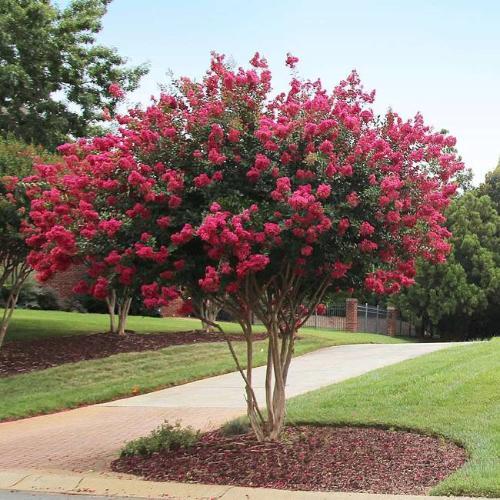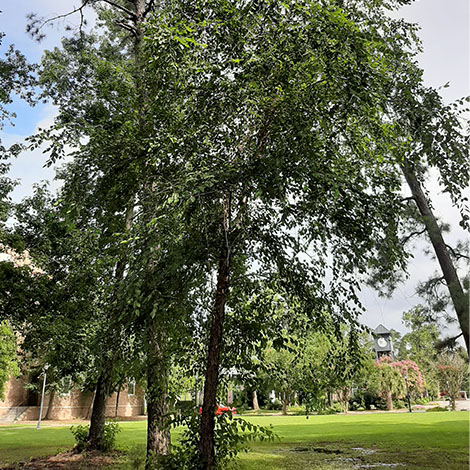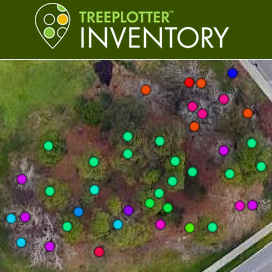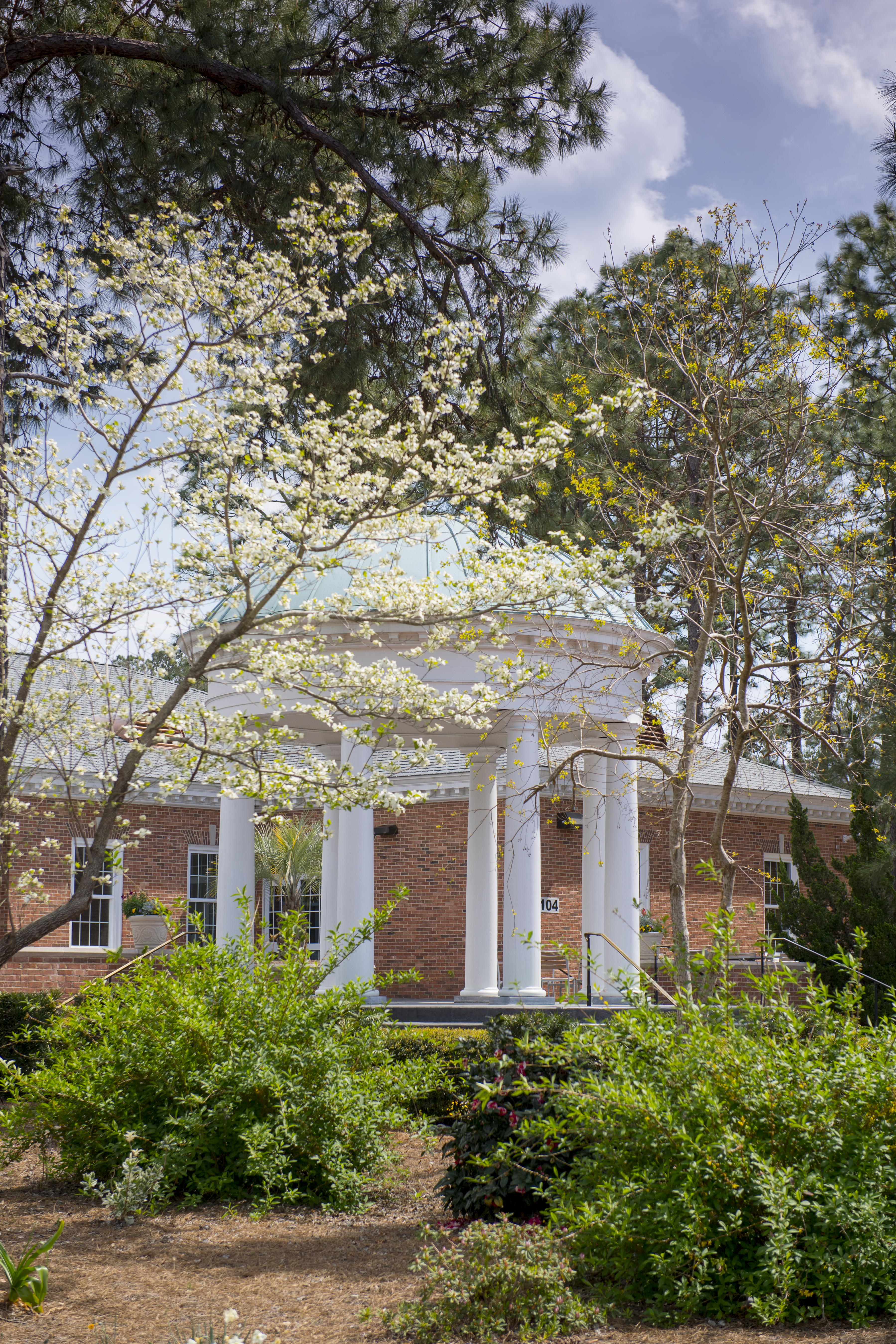CCU Arboretum
Crape Myrtle

Common Name: Crape Myrtle
Scientific Name: Lagerostroemia indica
Species Range: Indigenous to Southeast Asia and northern Australia, CrapeMyrtle likes hot, sunny climates. It is found in the southeastern region of the United States but is not commonly planted near the coast due to its low salt tolerance. It can grow in USDA Hardiness Zones 6-9.
Growth Characteristics: Classified as a small tree or shrub, Crape Myrtle averages a height of 15’-25’ with a spread of 6’-15’. Ideal conditions are full sun for 6 or more hours, but it can survive in partial shade. It prefers well-drained, damp, moderately alkaline to acidic soil conditions. It does well in limited soil space and prefers to be planted 3 to 6 feet apart. This tree is deciduous, with dense branching and dark green leaves that change to various shades of yellow, orange, and red in the fall. Its leaves are simple and ovoid in shape, with an entire margin and are 1 ½”- 3” long. Beginning in late spring, it produces large panicles in various pink, purple, and red shapes. The conspicuous flowers have crinkled petals and are 1”- 2” long. At the start of summer it’s smooth, gray bark often peels off to expose a polished under-bark in various shades of brown.
Ecosystem Service Value: Crape Myrtle primarily attracts bees and other pollinators. Birds often use this small tree for protection.
Uses, Other Details: Can also be seen with spellings Crapemyrtle or Crepe Myrtle. It has the common nickname “the lilac of the South”, Crape Myrtle is most often used as an ornamental small tree or shrub. They are typically found along highways, parking lots, or used as a shade tree. Work has been done to breed Lagerstroemia indica with Lagerstroemia faurei, a Japanese Crapemyrtle. This modified version is resistant to powdery mildew with red, scabrous bark, making it a popular new variety.
Threats: Diseases such as powdery mildew caused by the fungus Erysiphe australiana and Cercospora leaf spot are most common, but Crape Mytles are favored for their overall disease resistance. Powdery mildew tends to occur more severely in particularly shady, moist locations. The insect Tinocallis kahawalukalani is the most common pest for the Crape Myrtle, followed by the Japanese beetle, Popillia japonica. Both pests feed on the foliage and twigs. However, most pest problems are easily managed with methods such as resistant cultivars and landscape arrangement. Although, Crape Myrtle bark scale can cause aesthetic damage to the small tree and is currently more difficult to control due to limited research.
Identification Tips and Tricks: The smooth, exfoliating brown or gray bark is an indicator for a Crape Myrtle, as well as it’s medium green, opposite, and slightly alternate leaves. This tree is most notorious for its bright flowers ranging from white, purple, and various shades of pink and red.
Species profile by Audrey Nelson
References:
“Crapemyrtle (Crape Myrtle) Lagerstroemia indica.” Arbor Day Foundation, https://www.arborday.org/trees/treeguide/TreeDetail.cfm?itemID=824. Retrieved Feburary 14, 2021.
Kirkman, L. Katherine., et al. Native Trees of the Southeast: An Identification Guide. Timber Press, 2007.
Lagerstroemia indica. (n.d.). Retrieved March 01, 2021, from https://plants.ces.ncsu.edu/plants/lagerstroemia-indica/
Wang, Z., Chen, Y., Gu, M., Vafaie, E., Merchant, M., & Diaz, R. (2016, December 16). Crapemyrtle bark scale: A new threat for Crapemyrtles, a POPULAR LANDSCAPE plant in the U.S. Retrieved March 01, 2021, from https://www.ncbi.nlm.nih.gov/pmc/articles/PMC5198226/
https://plants.usda.gov/plantguide/pdf/pg_lain.pdf





